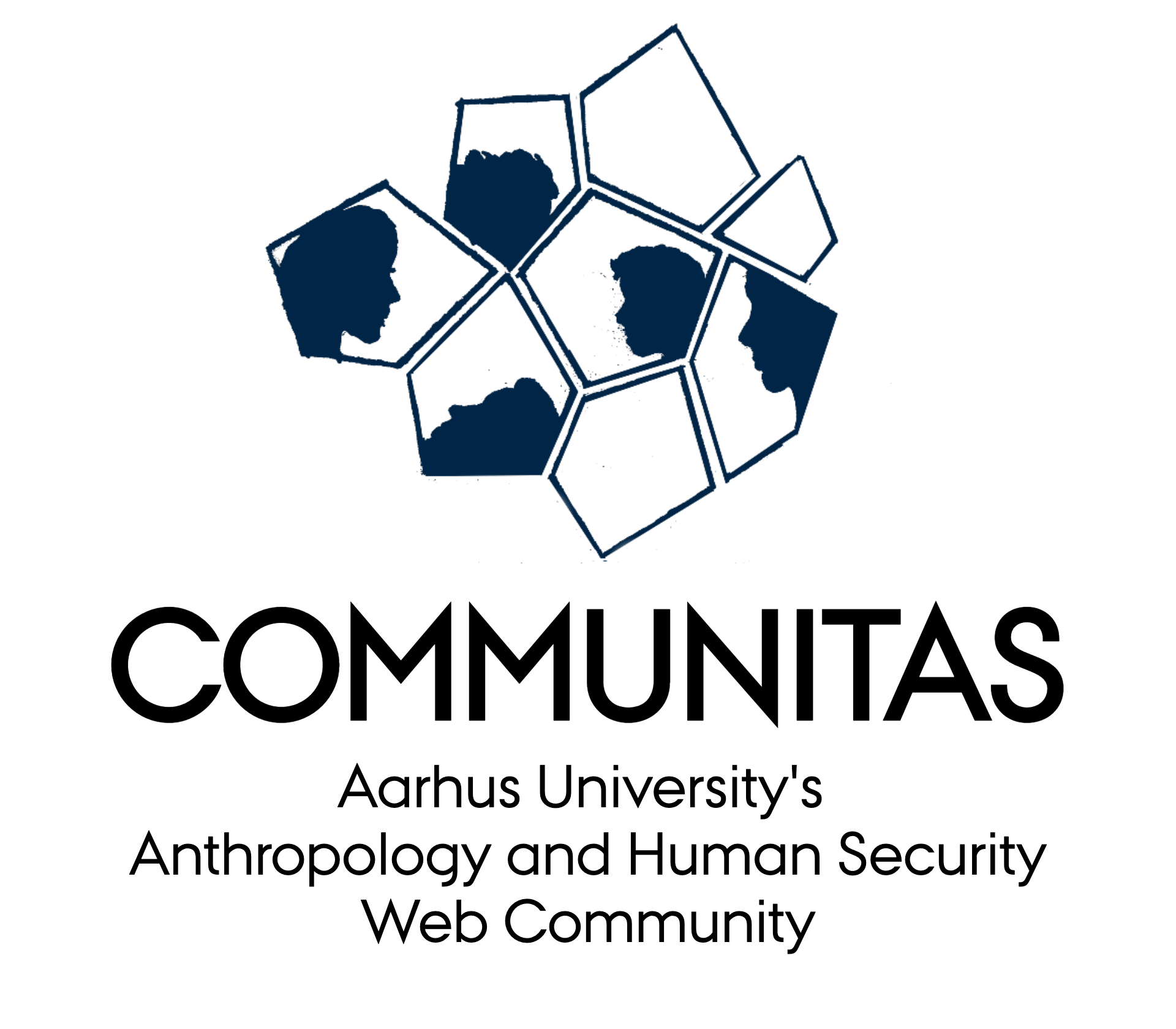Amalie Søvndal Nielsen, Nikolaj Vinge Frandsen, Valdemar von Düring Lausen.
Anthropology BA, 3rd semester, Aarhus University, 01/12/2020.
“Mimesis is the practical side of the symbolic world of animism—its necessary mode of being-in-the-world.” (p. 27)
Rane Willerslev, the author of Soul Hunters: Hunting Animism, and Personhood among the Siberian Yukaghirs, is a professor of Social Anthropology from Cambridge University; Soul Hunters being his Ph.D. thesis. He started in the early 1990’s doing ethnography in Northern Siberia and has since then written multiple books based on his fieldwork. By this, he has established himself as a regional anthropologist and a Siberian adventurer.
With this book, Willerslev is entering a broader conversation about spirituality, especially in the circumpolar region. He draws on central regional anthropologists such as Krupnik and Vakhtin, Bodenhorn and Bird-David. To put his findings into a historical context, he draws extensively on Jochelson, who is the only former anthropologist to have worked with the Yukaghirs. Willerslev’s aim with the book is to “take animism seriously”, which is done within the context of an 18-month long fieldwork among the Yukaghirs of Northern Siberia. During his stay with the Yukaghirs he mainly participates in hunting with male indigenous hunters, and it is very much from this point the book takes its empirical offshoot.
Outline of the book
Willerslev divides the book thematically giving each chapter a clear-cut focus, which frames the broader theoretical discussions. Each chapter has an in-depth discussion of a theoretical theme such as personhood, shamanism or language, but they all contribute to the overall discussion of taking animism seriously.
First chapter acts as an introduction to life among the Yukaghir. We are presented to the language, history and politics of the region. The chapter focuses on the practice of hunting, which Willerslev concludes takes the shape of mimesis, relating to a central theme of the book to be “not me, not not-me”; a liminality between being human and animal at the same time and not at all. Already in this chapter, the overall theme of dismantling the Cartesian dualism, is introduced as the line between human and animal gets blurred. Instead he takes on a phenomenological view of the world, which he argues resembles the lifeworld of the Yukaghirs. This break from a dualistic understanding of the world continues into the second chapter where principles of rebirth and sharing in hunting is discussed.
In chapter three, the term ayibii (soul) is presented as an aspect of reincarnation both among animals and humans. The fourth chapter has an important and thorough discussion of how personhood for the Yukaghir is both a human and non-human entity. This is described using the terms uni-culturalism and multi-naturalism in chapter five as a contrast to Western thought. An idea that relies on Amerindian perspectivism. This proves important in understanding how the Yukaghir can hunt as animals themselves. Through a bodily mimetic of the animal, the hunters transform into animals and adopt their perspective of the world.
Shamanism is the subject of the sixth chapter. Here Willerslev presents a new take on the traditional anthropological theme. Among the Yukaghir everybody has the potential to become shamans, since there is no spiritual elite. Shamanism is similar to the hunter’s relation to the spirit world, and therefore hunters indeed in some ways possess shamanic traits. The spirit world is elaborated in chapter seven, where he argues against former anthropological ideas of Yukaghir cosmology as being structural. There does not exist an abstract and hierarchical map over the different spirits, but the spirits are rather ‘ready to hand’, which is a part of a new take on a phenomenological discussion. The spirits are used in practical activities and not as much thought about. Practical activities are also the best way to learn according to Yukaghir, which is the theme of chapter eight. Knowledge is understood as being the most valid when it is experienced yourself. The same goes for spirits who are experienced through dreams. Therefore, dreams are important for understanding the Yukaghir spirit world. The final chapter returns to the discussion of taking animism seriously within anthropology. Concluding that animism for the Yukaghir is closely bound to practical mimesis, which discards the Cartesian dualism and opens for the possibility of being both not an animal and not not-an animal.
Our thoughts
Willerslev’s truthful relay of the Yukaghir of North Siberia is supported by relevant and elaborating theory. He manages to push the understanding of the Yukaghir further by presenting theory, which enters a symbiotic relationship with his empirical findings. This results in an analysis of the Yukaghir, that is both honest and accurate and contributes to greater anthropological discussions. We would especially like to highlight the chapters on shamanism (chapter 6) and spirits (chapter 7). These chapters deserve to be highlighted because of their original content. The originality of the chapters originates through a truthful relation to the empirical findings. With his originality he manages to challenge established anthropological themes of shamanism and animism.
However, reading the book, it would have been easier to immerse oneself in the Yukaghir way of life with more extensive empirical descriptions. It would also contextualize the theoretical discussions a bit more.
The book appeals to an academic audience with its theoretical discussions, but overall and as members of this academic audience we find the book accessible. It has helped us get a firmer grasp of animism within an anthropological context and of the surrounding discussions of the topic. This is made possible through Rane Willerslevs excellent skills as an author. We find the book engaging and an important book for us to read as students of anthropology.

